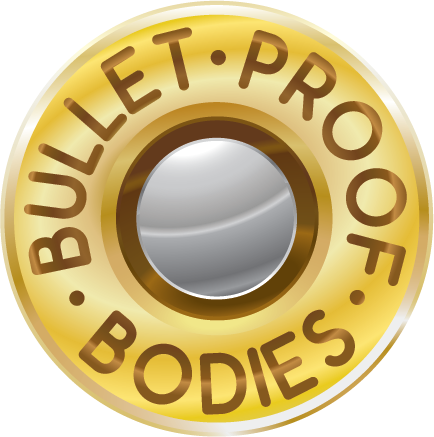Introduction
Flexible fascia and muscles that allow full range of movement at a joint are highly desirable in the world of Sport and Exercise.
There are many ways to “self-release” the soft tissue from tightness and post exercise soreness.
These include:
• Stretching
• Foam rolling / Tennis Ball / Roller massage bar
• Vibration
• Instrument-assisted Soft-Tissue release Tool (Rockblade/Grafton)
The most common manual therapy for self-release is the Foam Roller which has evidence to suggest that it increases flexibility for 10 minutes post treatment.
However, the mechanisms by which it does this are unclear.
It is theorised that mechanical pressure influences a state of tissue relaxation through afferent signal input to the central nervous system via stimulation of the Golgi Reflex Arc and other mechano-receptors.
These effects can be separated into:
Mechanical
Neurophysiological
Possible causes include:
• Thixotrophy
• Piezoelectricity
• Fascial adhesions
• Cellular responses
• Fluid flow
• Fascial inflammation
• Myofascial trigger points
Physiological effects:
• Increase pressure-pain threshold
• Reduce arterial stiffness
• Improve vascular endothelial function
Foam Rolling
Flexibility and range of movement are essential for making the right “shapes” during Exercise and Sports.
If you can’t make the right shape, then you will compensate for the movement you are unable to perform.
Stretching is the go to method for increasing flexibility, but current research recommends that we don’t static stretch in the warm up, otherwise we might loose strength.
Here is where foam rolling is so beneficial.
Foam rolling is now common place for both the Warm up and the Cool down phases of activity.
How Long Should I Foam Roll for?
How Long Should I Foam Roll for?
Foam rolling has been shown to have short-term effects for increasing joint motion without decreasing muscle performance.
Foam rolling between 30 seconds to 1 minute can have an effect up to 10 mins on muscle length.
Foam rolling 20 mins per day for 3 days may decrease the effect of DOMS.
The harder the roller the more the therapeutic effect
Subjects use their own body weight to lie onto the foam roller.
No standard pressure or cadence for Foam rolling has been set or recorded.
There is currently no consensus on the optimal Self-Myofascial Release intervention in terms of treatment time, pressure and cadence.
What’s the History Behind Foam Rolling?
Jerome Robbins – 1960’s Ballet
Feldenkrais method introduced Foam Rolling in 1980’s
Mike Clark (Physiotherapist in the USA) – 2001in his book integrated training for the new Millennium.
Now used everywhere!
Vibration Foam Rollers
There is now a new type of Foam Roller that combines vibration therapy within the Foam Roller itself.
Now used everywhere!
Vibration Foam Rollers
There is now a new type of Foam Roller that combines vibration therapy within the Foam Roller itself.
Use the discount code:
DALE1
Video: https://www.youtube.com/user/icecream4PRs



